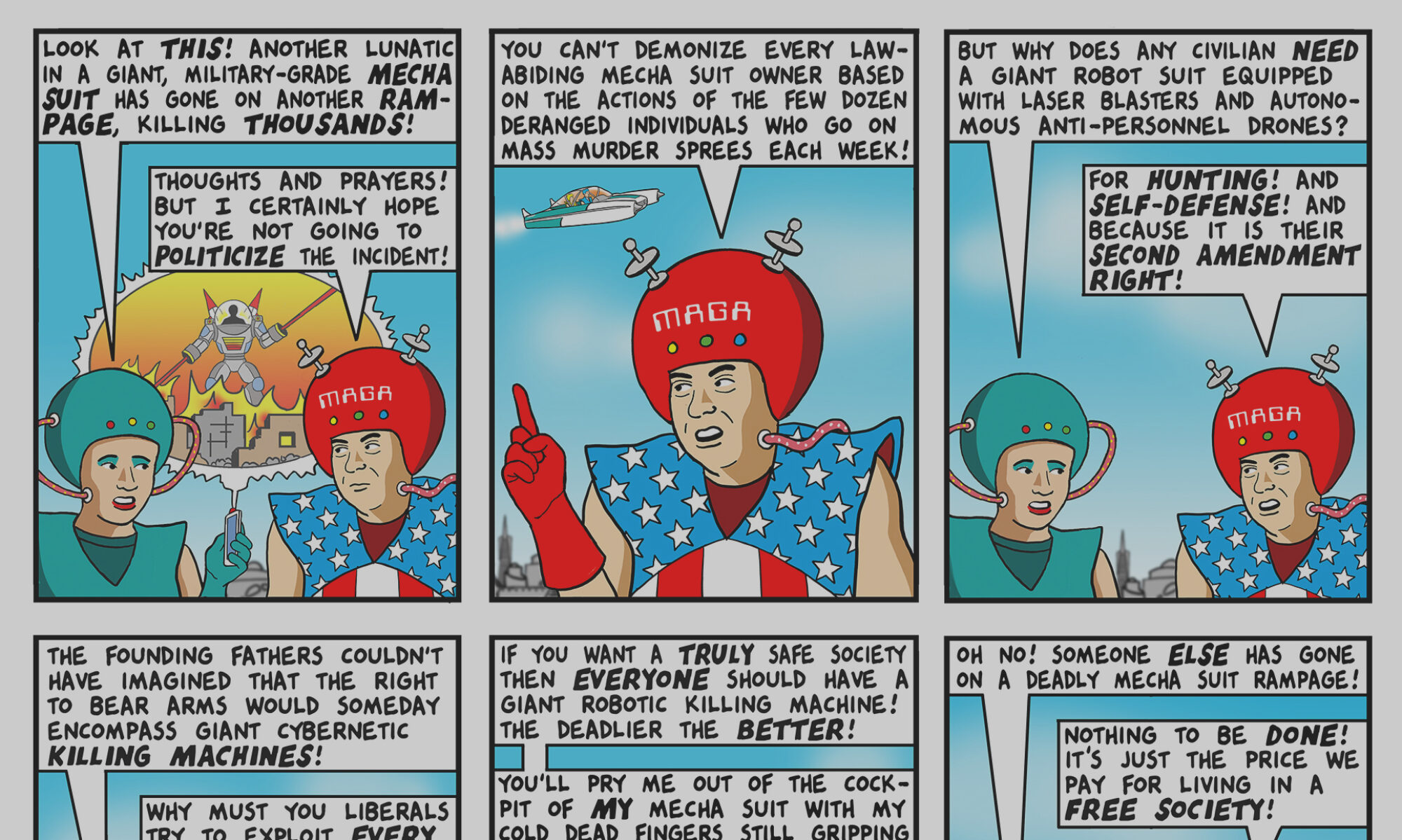This time, it’s in the world of “chick lit” (don’t blame me for the term, that’s what they call it).
Kaavya Viswanathan, the Harvard sophomore accused of plagiarizing parts of her recently published chick-lit novel, acknowledged yesterday that she had borrowed language from another writer’s books, but called the copying “unintentional and unconscious.”
The book, “How Opal Mehta Got Kissed, Got Wild and Got a Life,” was recently published by Little, Brown to wide publicity. On Sunday, The Harvard Crimson reported that Ms. Viswanathan, who received $500,000 as part of a deal for “Opal” and one other book, had seemingly plagiarized language from two novels by Megan McCafferty, an author of popular young-adult books.
The thing that caught my eye was the way the process by which an unpublished 17-year-old ends up with a half million dollar advance. See if you can spot the strangely-glossed over part of the story:
In a profile published in The New York Times earlier this month, Ms. Viswanathan said that while she was in high school, her parents hired Katherine Cohen, founder of IvyWise, a private counseling service, to help with the college application process. After reading some of Ms. Viswanathan’s writing, Ms. Cohen put her in touch with the William Morris Agency, and Ms. Viswanathan eventually signed with Jennifer Rudolph Walsh, an agent there.
Ms. Walsh said that she put Ms. Viswanathan in touch with a book packaging company, 17th Street Productions (now Alloy Entertainment), but that the plot and writing of “Opal” were “1,000 percent hers.”
Alloy, which referred questions to Little, Brown, holds the copyright to “Opal” with Ms. Viswanathan.
I have some experience in the world of publishing, as does my wife, but neither of us had the slightest idea what a “book packaging company” was, nor why it would hold a joint copyright to this novel along with the author. The Times article offers no further explanation, so I googled the term and this is what I came up with:
I’m willing to bet my favorite pen that most people who are reading this have no idea what a book packager is. Until I worked for one, I didn’t know they existed, either. Book packaging is a quiet underbelly of the publishing world, and remains an unsaturated market for ambitious freelance writers. And that’s exactly why you should learn more about it.
* * *
Packagers are also known for producing series books. Quite often, a successful series will become a “fill-in-the-blanks†exercise, wherein talented writers and artists can easily continue the series. In these cases, publishing houses may develop an outline, then pass it over to a packager to bring it to completed project. The packager then sends the outline to a commissioned author. Once complete, the packager delivers the final product to the publisher in print-ready condition. Occasionally, they even handle the printing.
Would it shock you to learn that the Nancy Drew, Sweet Valley High, Goosebumps, and many of the Complete Idiot’s Guide and For Dummies series are packaged?
Although the term “book packaging†wasn’t used then, Edward Stratemeyer may have been the father of this sector of the industry. He formed a company, Stratemeyer Syndicates, to create books from his ideas. These became classic series, including The Bobbsey Twins, The Hardy Boys, and Nancy Drew. Stratemeyer hired ghostwriters to work from his outlines, paying them a flat fee and publishing them under several pseudonyms.
So what was the book packager’s role in this specific instance? According to the Harvard Crimson:
Viswanathan worked with a book packaging company—17th Street Productions, which is owned by Alloy Entertainment—in the development of “Opal Mehta.†Alloy Entertainment and Viswanathan own the copyright to the novel, and Variety reported in February that Alloy Entertainment, along with Contrafilm, is slated to produce the film adaptation. The rights to the novel were purchased that month by DreamWorks.
“As has been previously reported, we helped Kaavya conceptualize and plot the book,†Leslie Morgenstein, the president of Alloy Entertainment, wrote in an e-mail today. “We are looking into the serious allegations detailed in the Crimson before commenting further.â€
All of which leads to the obvious question: how far did this “help” extend? Morgenstein’s statement does seem to contradict the doth-protest-too-much insistence on the part of the agent (as reported in the Times) that the plot and writing are “1000 percent” Ms. Viswanathan’s. Basically, everyone seems to be dancing around the possibility that this may have been, to some extent, a ghostwritten book.
The shared copyright also strikes me as peculiar, as does the half-mill advance to a 17-year-old. Obviously I don’t know what’s going on here, but I’d be willing to bet some modest sum (my own advances falling rather short of the half million mark) that there’s more to this story than is being reported so far.
